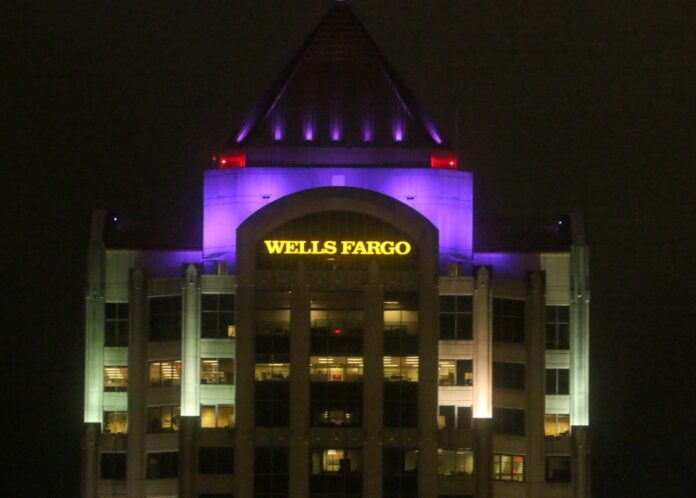“Wells Fargo” was trending on Twitter on Friday, March 10 due to reports of missing funds or delayed deposits showing in some accounts. A number of Twitter users reported seeing this message on their bank dashboard that day and some posted screenshots: “If you see incorrect balances or missing transactions, this may be due to a technical issue and we apologize. Your accounts continue to be secure and we’re working quickly on a resolution.”
Some irate customers tweeted their frustration. One Twitter user with screen name Ace wrote: “Wells Fargo isn’t able to update accounts. WHY? They say it’s a system issue ON THE SAME DAY SILICON VALLEY BANK CLOSES. The real issue is they have to move money around and it’s taking longer BECAUSE there’s no liquidity. THERE ARE NO COINCIDENCES. Things are unraveling…”
One user named George Girthin tweeted: “Passed two Wells Fargo branches on the way home and the line looked like Popeyes when they dropped the chicken sandwich.”
The Roanoke Star spoke with a manager by phone in the Wells Fargo Tower, the tallest building in the Roanoke Valley. She said she was not authorized to speak with the press but took a message containing these three questions. One, what is the explanation as to what was happening? Two, are the anomalies affecting any customers in Southwest Virginia? Three, would Wells Fargo help if the delays caused any of their clients to incur fees or other penalties by not having their money on time?
At 4:20 pm on March 10 a response came via email from Kenrick Thomas, regional communications lead for Virginia. He wrote:
“Wells Fargo is aware that some customers’ direct deposit transactions are not showing on their accounts. We are working quickly on a resolution and apologize for the inconvenience. Customers’ accounts continue to be secure.”
This is not the first time that the San Francisco-headquartered Wells Fargo has been roiled by negative publicity. A massive scandal became public in 2016 when it was revealed that, under intense pressure to meet sales quotas, bank employees opened millions of new savings and checking accounts for current customers without their knowledge. The US Justice Department said the scheme had lasted about a decade and had involved thousands of employees. In February 2020, the bank was ordered to pay a $3 billion fine for the scandal. John Stumpf, Wells Fargo’s CEO at the height of the mess, was forced to resign, ordered to pay a $17.5 million fine, and barred from ever working at a bank again.
Moreover, as reported here in October 2022, Virginia’s Attorney General Jason Miyares announced action against six major banks for unfair ESG practices. Miyares’ statement claimed “that members of a multistate coalition including 19 attorneys general have served six major American banks with civil investigative demands, which act as a subpoena, asking for documents relating to the companies’ involvement with the United Nations’ (UN) Net-Zero Banking Alliance (NZBA). The banks under investigation include Bank of America, Citigroup, Goldman Sachs, JP Morgan Chase, Morgan Stanley, and Wells Fargo.”
Tensions are now high because many financial stocks fell sharply at the end of the week. The selloff was related to the sudden and spectacular collapse of the California-based Silicon Valley Bank, America’s biggest bank failure since the 2008 Panic.
–Scott Dreyer

